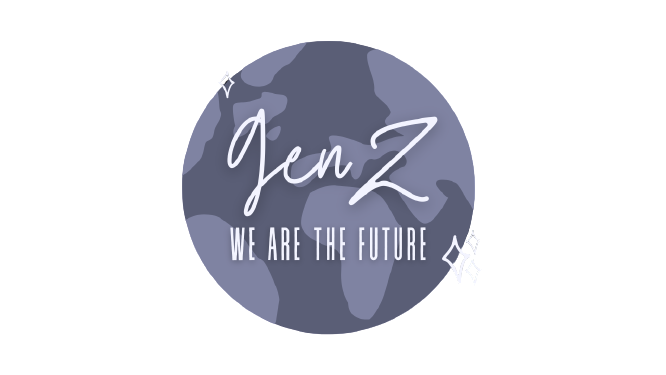The light at the end of the tunnel-a new hope for Afghanistan
In 2021, Afghanistan was shaken like never before by a devastating humanitarian crisis. In August, the Taliban assumed power in Afghanistan, with immediate repercussions across an economy already facing daunting developmental challenges. Rapid reduction in international grant support, loss of access to offshore assets, and disruption to financial linkages led to a major contraction of the economy, increasing poverty, and macroeconomic instability.
American troops had been stationed in Afghanistan for 20 years after the 9/11 attack which took place on 11th September 2001. At the time, the Taliban had refused to hand over Osama-bin-Laden, the leader of al-Qaeda and the prime suspect. Although US forces had successfully killed Osama-bin-Laden by 3rd May, 2011 and initially promised to withdraw troops by 2011, this plan was later withdrawn by Obama.
President Joe Biden made the decision to withdraw American troops from Afghanistan after two decades, setting the date of August 31st as the final day of withdrawal. This was also during the time period in which the Taliban was the strongest it had been since 2001. In his words, these troops were being airlifted to save American lives. His reasoning being that even after 1 trillion dollars have been spent on war and a reconstruction project, Afghanistan is still unstable, and the Taliban is still a force to reckon with.
Following the USA withdrawal, NATO also suspended all support to Afghanistan. However, the UN continued to lend support towards a humanitarian crisis that affected the lives of over 18 million people. During this time of conflict, the Taliban subtly rose through the ranks, using this instability to their advantage. On August 15th, 2021 President Ashraf Ghandi abandoned his country, leading to the government collapsing in 72 hours and the Taliban gaining control over Kabul. Heart wrenching images of citizens falling from the sky after attempting to escape by latching onto airplanes began to make headlines and the strength of the attacks in Afghanistan began to intensify.
The world watched the plight of this country from afar, as its people cried for help.
On Tuesday, December 14th , 2021, hundreds of Afghan men gathered to apply for humanitarian aid in Qala-e-Naw, Afghanistan. In a statement released on 11th January, 2022, the White House announced $308 million in additional humanitarian assistance for Afghanistan, offering new aid to the country as it edges toward a humanitarian crisis since the Taliban takeover nearly five months earlier. The US will also provide one million additional Covid-19 vaccine doses through COVAX, the global vaccine sharing program. And reports suggest that the US has provided a total of $782 million in humanitarian assistance to the country, including the new aid, since October 2021.
This decision comes after the Biden government was faced with enormous criticism and pressure to support Afghanistan in this time of economic crisis.
As we sit in our houses, confined by yet another variant of the COVID-19 virus, we can only pray that this assistance will help pave way for a brighter future for a country that has suffered so heavily in the last 40 years.
SOURCES:
[1] US providing $308 million in humanitarian assistance to Afghanistan By Chandelis Duster and Betsy Klein, CNN
[2] The World Bank in Afghanistan By World Bank
[3] Remarks by President Biden on the End of the War in Afghanistan By The White House
[4] Afghanistan Falls To The Taliban Again As The U.S.-Backed Government Collapses By NPR Scott Nueman


